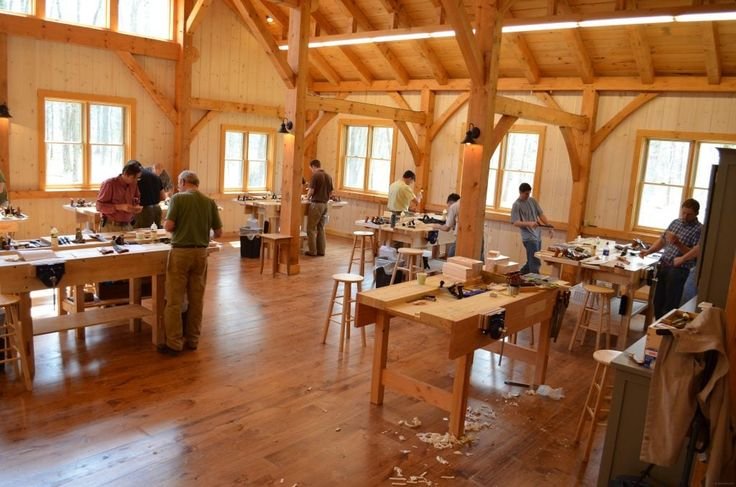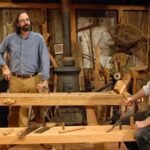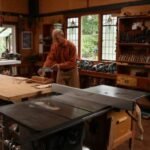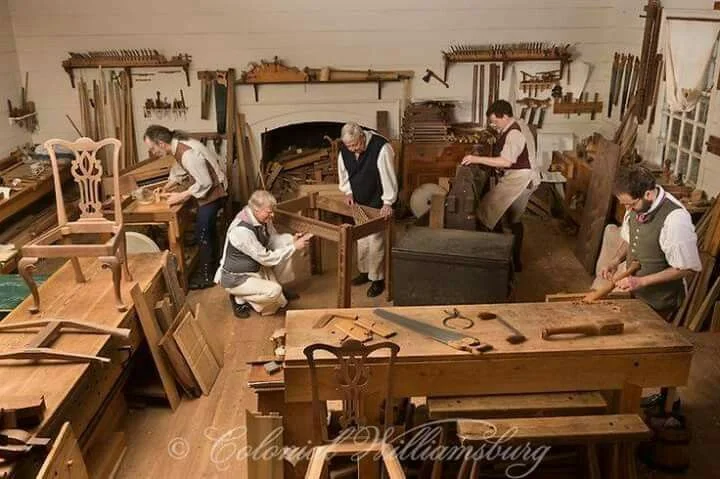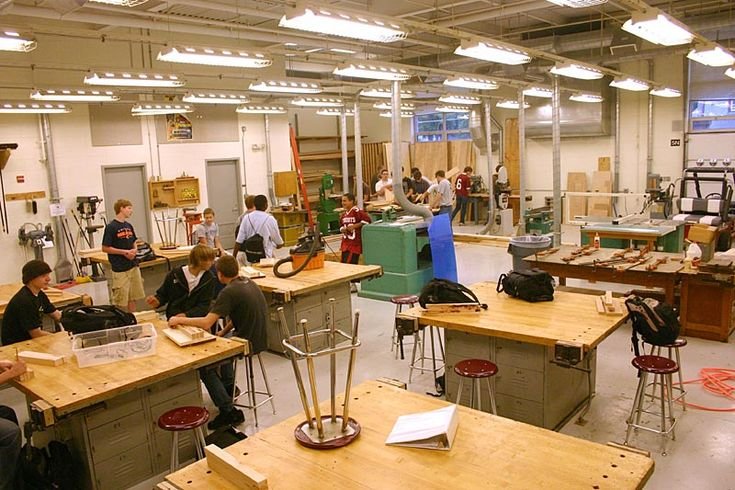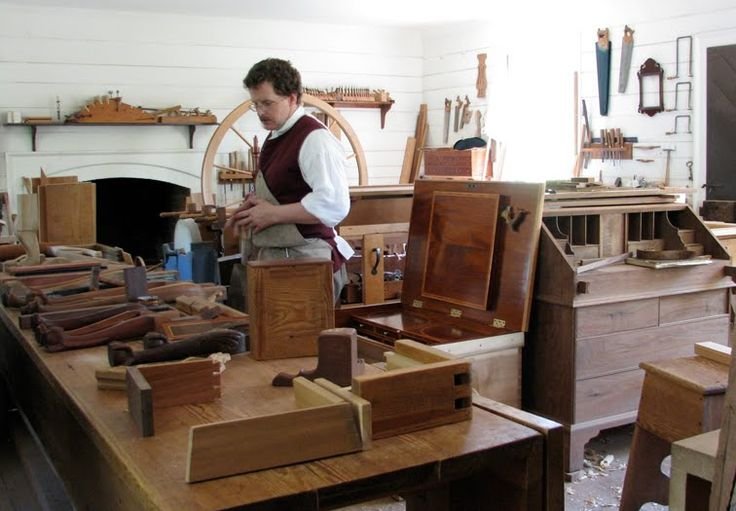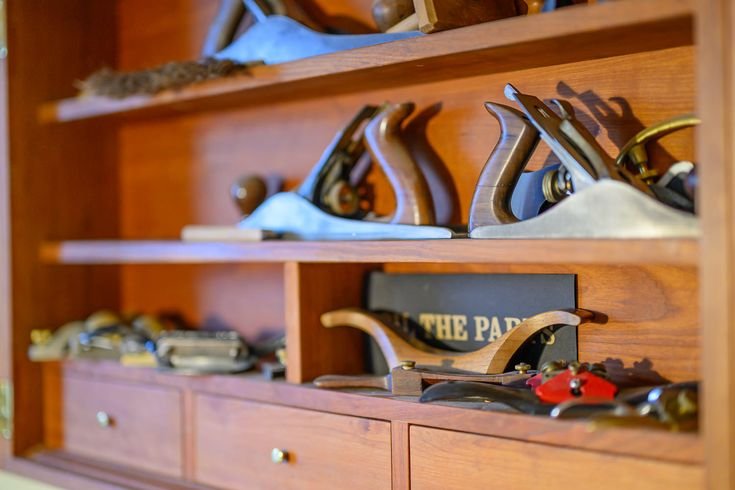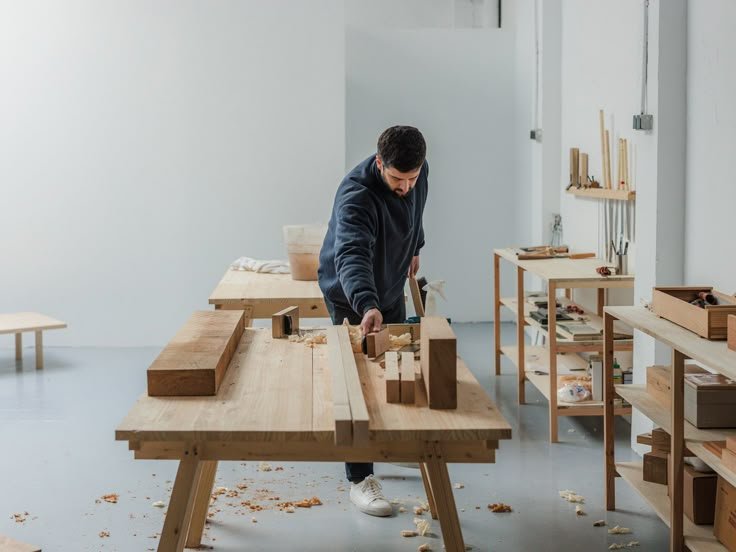Building a Woodworking Bench Top: A Coffee-Fueled Journey
You know, there’s something about the smell of freshly cut pine that just gets my heart racing. It’s like this sweet, earthy scent that wraps around you when you walk into the garage—just a few tools hanging on the wall and a world of possibilities right in front of me. And let me tell you, nothing brings that smell alive quite like taking on a woodworking bench top project.
Now, before you think I’m some kind of woodworking wizard, let me set the record straight. I’m just a guy who’s been tinkering away in my garage after work and on weekends, and believe me, I’ve had my fair share of stumbles along the way. Like that one time I thought I could whip up a bench top in an afternoon. Spoiler alert: I didn’t.
The Dream Begins
So there I was, scrolling through Pinterest, staring at these perfect, glossy wooden benches that seemed to be screaming, “You can make me too!” I thought it would be easy, you know? Just some wood, a few screws, and boom! But let me just say, boy, was I wrong.
I decided to go with some hard maple for the top — why? Well, let’s be real, it’s stunning. That beautiful cream color with just a hint of grain—it’s the kind of wood that makes you want to pet it, like a puppy. And I can still picture the sound of my miter saw slicing through it—the sharp, clean whirr that echoed in the garage. But then came the reality check.
The First Cut’s the Deepest
My first mistake was so classic it almost deserves a slap on the forehead. I thought I’d just eyeball the dimensions. It’s just a rectangle, right? But man, when I placed that first slab of maple down, it was like playing Tetris with all the wrong pieces. I had trimmed it too short on one side. I just stood there, staring at it in disbelief, thinking, “How could I mess something so simple up?”
After a good sigh and about half a cup of coffee, I bit the bullet. I can’t just toss this beautiful wood because of one mistake. So, I turned to joinery. Mortise and tenon joints sounded fancy enough, and I thought, “Hey, if this fails, I can always blame it on the internet.”
Learning the Hard Way
Here’s the thing though: when you dive into woodworking, especially something with joints, you realize real quick that precision is everything. Like, I’m talking “measure twice, cut once” level of careful. And believe it or not, the more I tried to fix my earlier mistake, the more mistakes I seemed to make. I’m talking blowouts, splintering wood, and at one point, I even managed to get my gouge caught in the grain.
Let me tell you, the sound of that gouge slipping was like nails on a chalkboard. It was so bad, I almost launched it across the garage in frustration. But after a brief showdown with my tools, I calmed down, took a deep breath, and remembered why I started this in the first place.
Finding the Flow
I won’t lie, there were moments when I thought about throwing in the towel. I was surrounded by sawdust, coffee stains on my shirt, and a nagging doubt creeping in that maybe this wasn’t for me. But you know what? Progress is never a straight line. Each time I encountered a hiccup, I learned more.
Eventually, after more trial and error than I care to admit, I noticed some serious improvement. The seam between my boards started to close up nicely, and when I sanded it down, oh boy, it was satisfying. I ran my hand over that surface, feeling the smoothness beneath my fingers and thinking, “This just might actually work.”
The Joy of Almost-Giving Up
There’s this moment, right, when you almost give up and then something magical happens instead. You know what it was for me? I finished up with some Danish oil, and when I applied it for the first time, the color came alive. The way that wood glowed under the oil was enough to make me laugh out loud.
I thought, “Who knew? All that fussing and cursing, and it actually turned out pretty beautiful!” That moment made all the hassle worth it. It reminded me how satisfying it is to see a vision come together, even if it meant taking a meandering path to get there.
Takeaway for the Aspiring Woodworker
Now, if you’re out there, coffee in hand, pondering over your own project, here’s the best advice I can give you: just go for it. Don’t overthink it. Accept that mistakes will happen. I spent so much time worrying about the perfect cut that I lost sight of the joy of building something with my own hands.
You’ll surprise yourself. You’ll screw up and learn, and somewhere along the way, you’ll probably find yourself smiling at a piece of wood that nearly drove you nuts—not just because it turned out okay, but because you grew a bit through the process.
So when you’re standing there in your garage, tools scattered around, don’t forget to enjoy the moment. That scent of sawdust in the air? That’s just a reminder you’re creating—and that’s worth celebrating.

